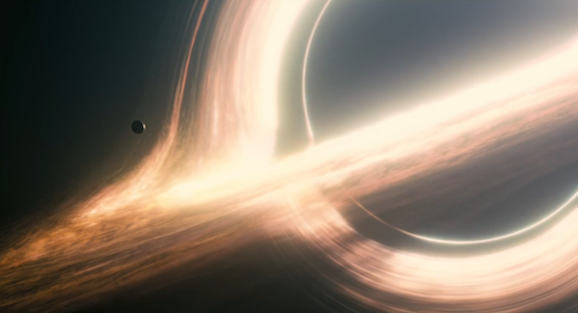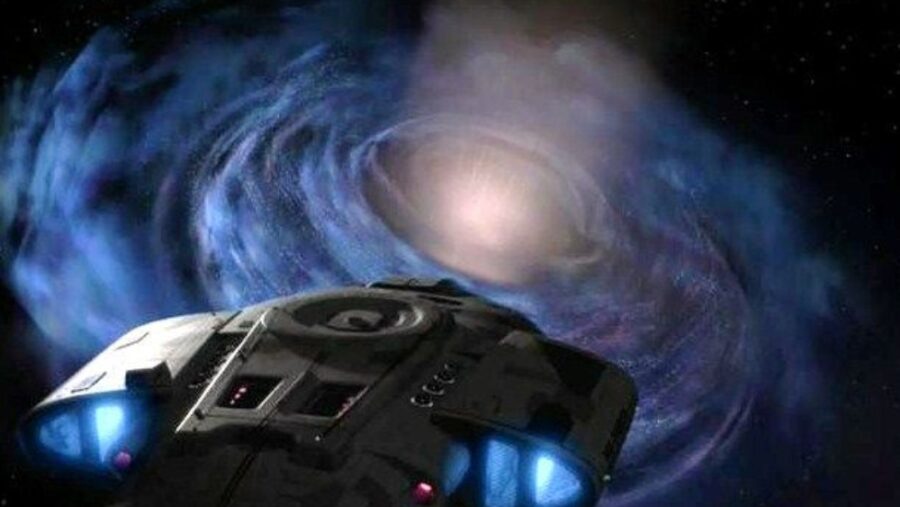Researchers Are Trying To Create Wormholes On Earth, Are We In Danger?
Scientists are learning how to create wormholes and may soon be able to make them here on Earth.

In a headline that sounds a lot like something from a cool but implausible science fiction film, the scientific website Phys.org reports that a “quantum breakthrough” is paving the way for the world’s first “experimental wormhole.” According to the publication’s news article, said wormholes are possible thanks to an invention called “counterportation.”
Counterportation is a new discovery that would enable wormholes to create a bridge between one place and another, transporting things across space “without any particles crossing.” This “novel computing scheme” makes use of the basic laws of physics, turning what was once only the stuff of sci-fi novels into a real possibility. The only problem is… the quantum computers required for this possibility haven’t actually been invented yet.
So, basically, we don’t have to start worrying about getting accidentally sucked into wormholes quite yet. But reportedly, plans are already in motion for attempting to build a small “local wormhole” in a laboratory as an experiment.
Hatim Salih, the author of a recent study on the subject and Honorary Research Fellow at the University of Bristol’s Quantum Engineering Technology Labs, attempted to explain more clearly just what, exactly, we are talking about when we are talking about wormholes.
Although we, as movie fans, might know wormholes from the film Interstellar, they have actually been around (in theory) for quite some time. Nearly 100 years ago, they were presented as shortcuts through spacetime, a hypothetical, half-joking solution to Einstein’s gravity equation. They can be thought of as a tunnel with two separate endpoints, each located in a different place, time, or both.

The existence of wormholes has not yet been definitively proven or disproven, but they have been the subject of many studies and theorizing by physicists for decades (including Nobel laureate Kip Thorne, who worked on Interstellar). In theory, a wormhole could connect two points billions of light years away from each other or even one point in time with another. They could even possibly connect one universe with another as if the other two possibilities weren’t already mind-blowing enough.
Wormholes are thought to be possible in the universe but were also thought by Kip Thorne to be possible to create artificially.
The project being discussed today, though, is the task of finding a “transversable wormhole.” A transversable wormhole would be able to transport quantum information (called qubits) from one place to another without a particle having to move through space.
In order to bring this to fruition, a whole new kind of quantum computer has to be built that creates a situation in which the communicating parties don’t exchange any particles. These “exchange-free quantum computers” would make things like travel through wormholes possible by “incorporating space in a fundamental way alongside time.”
While researchers are already working with the goal of creating lab-based wormholes in mind, the overarching issue is that no one quite knows how to build one of these “exchange-free” computers just yet. Once it is built, however, it will change the game forever. Wormholes and time travel and all that other crazy stuff would not just be a possibility but would be something that can be experimented with in a lab.
So, yeah, that doesn’t sound like a recipe for disaster at all!












